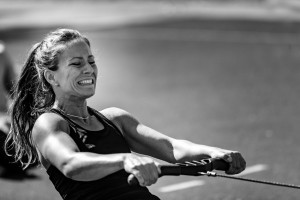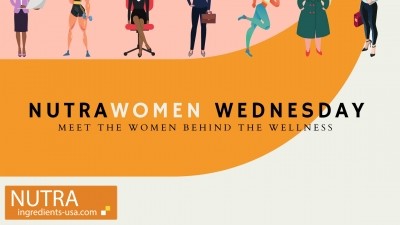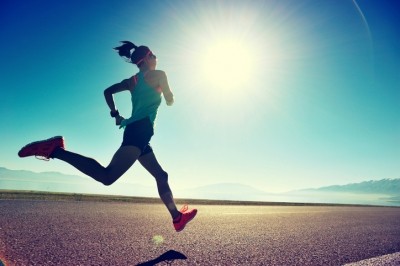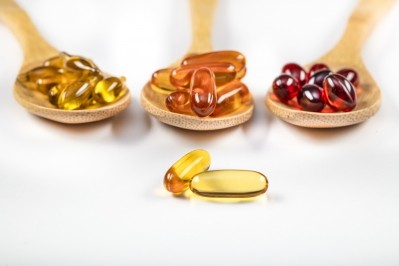Sports Nutrition Summit 2020
Dr. Susan Kleiner on the female athlete: 'They should be shown grunting, sweating'
"I think we are certainly beginning to see the female athlete as the athlete rather than the giggly girl on the sidelines," Dr. Kleiner told NutraIngredients-USA at the 2020 Sports Nutrition Summit held in San Diego earlier this month.
When looking at pure figures of female athlete representation in the media, the numbers are sobering, noted Dr. Kleiner. While female athletes make up 43% of high school athletic teams, 54% of NCAA teams, 53% of the athletes on the Team USA Olympics team and 60% of runners in US road races. But just 3.2% of sporting events broadcast on television are female-centric.
"When an active or athletic woman is watching television and never sees herself, does she identify as someone who could use the products that you’re trying to make for her? Probably not," said Dr. Kleiner. Most of the time, they simply don't see themselves as part of the market, according to Dr. Kleiner.
She stressed the opportunity is advertising and marketing, which can capture and empower the huge audience of female athlete.
"Interestingly, the advertising within male-centric sporting events on television can still reach that woman watching the event. If she sees herself in the ad, that is nearly as equally as powerful as seeing herself in the event itself. Yet even in advertising, men far outnumber the women... even in an ad that’s supposed to be targeted to women: Out of a 20-second ad, two to four seconds will include women," noted Dr. Kleiner.
Marketing to today's female athlete: Dos and Don'ts
"The point would be to give the woman her own voice, to show her as the powerful woman that she is. Female athletes can be dominant, female athletes sweat, female athletes grunt, they’re fierce on the field. To show that, it is very empowering because it allows the audience watching to identify with the person in the advertising and marketing," said Dr. Kleiner.
What would this look like in practice? According to Kleiner, the female athlete should be seen grunting, sweating, and showcasing their strength and skill.
"Highlight the athletic ability and not the sexuality, that needs to be a guiding light," said Dr. Kleiner. This means featuring the most successful athlete in the sport, not necessarily the best-looking, added Dr. Kleiner.
"The women who follow the sport know when you have selected the ‘less-than’ athlete because she is the better-looking one, and it is a turn off. They want you to use the athletes that are the best."
Moving away from diet messaging
Despite having the same athletic ambitions as their male counter parts, female athletes often receive diet-related marketing messages in the media.
"For over 100 years the diet world has been speaking to women on an emotional level. It is still out there and it does still have an influence on women in the sporting world," said Dr. Kleiner.
"The problem in female-centric products has been that they have taken their direction from the diet world, the weight loss world... and all the marketing has followed that because there was a void in data around the female athlete. That’s not at all what today’s female athlete is looking for. They want to get stronger faster, more powerful just like any other athlete would."
What do female athletes want most from their sports nutrition products?
"That they should work. That should deliver on their claims," said Dr. Kleiner. "It is up to us as an industry to do the educational marketing to help bring women along with us."
Sports Nutrition Summit USA 2021
Join us next year to learn about the latest research from leading scientists, market analysts and come face-to-face with market leaders in San Diego. Delegates were able to benefit from various valuable networking opportunities, which allowed them to walk away not only with a whole wealth of knowledge, but armed with new connections to help build their business.
Don’t miss out in 2021. Click HERE to be the first to hear event updates.

















